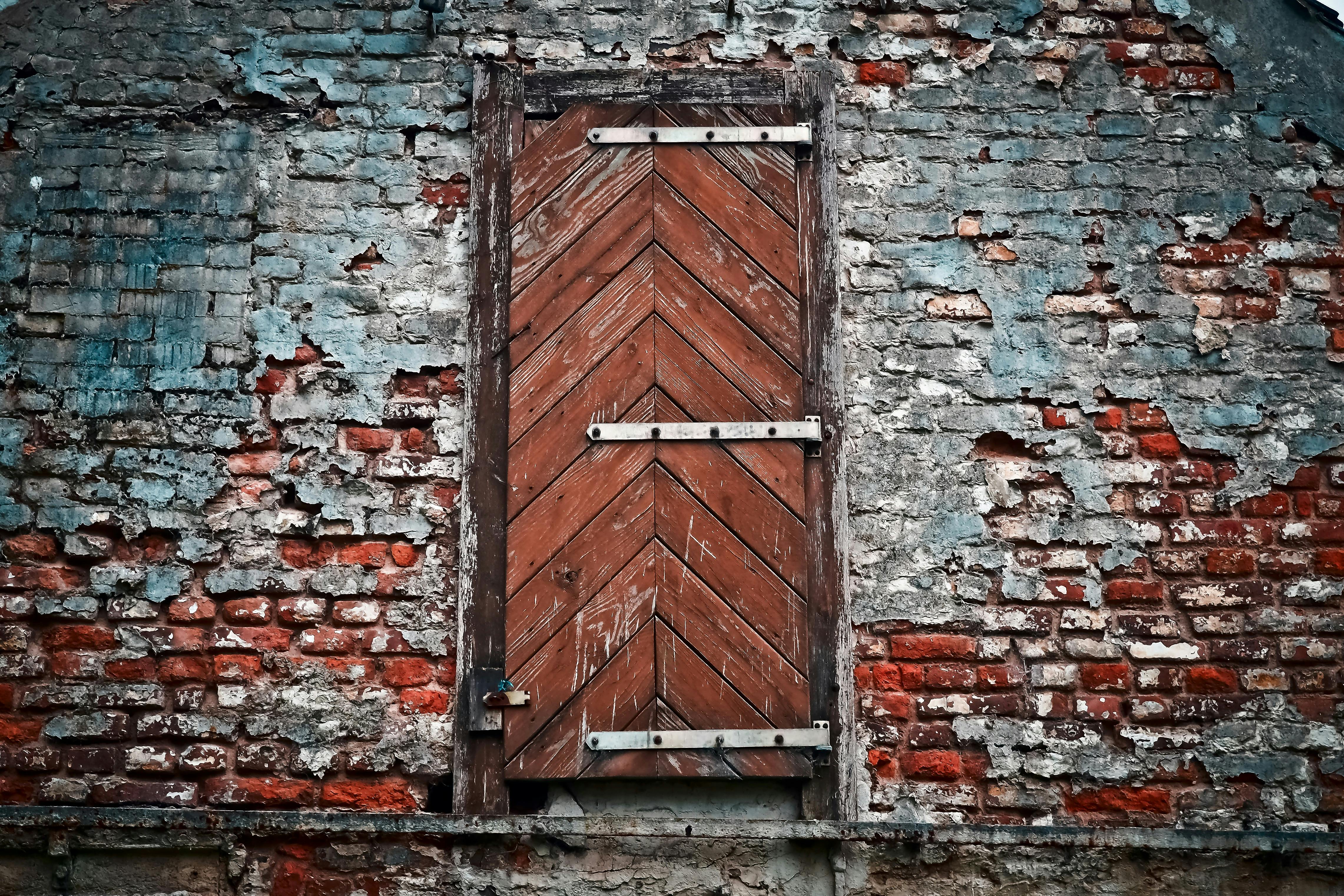About me, I am a professional wall and floor covering installer based in Birmingham, UK. Obviously, I would prefer that everyone wanted to pay a professional craftsman (especially me) to do the work, but I know that this option is not always available to everyone. Over the years, I’ve had to salvage countless failed DIY mosaic jobs, and thought maybe a few simple tips here might help.
WALL CLADDING
First things first… make sure the walls you’re going to tile are solid! Tile over old, crumbling plaster is not a good start, obviously, and should be re-plastered or replaced with drywall or tile backer boards (such as Hardibacker). Placing tiles on top of existing tiles should be avoided if possible, as you can never be 100% sure what is below them!
When laying tile over plaster, prime the walls before laying the tiles; use the primer recommended by the supplier of your adhesive, do not use PVA!
To equip yourself… to tile the walls you will need a 6mm or 8mm notched trowel, normally a 6mm will be fine for very flat walls and small tiles, but you may find a better 8mm for large tiles or slightly rough walls. irregular. A dry cutter to score and break ceramic and porcelain tiles when making straight cuts, and an electric wet cutter to make “L” cuts and also for natural stone tiles. A rubber grout float is also necessary, it makes things much easier.
As for the adhesive, you can use the regular ceramic tile tube adhesive, but be sure to use one that is waterproof for shower and bathroom areas. This adhesive dries by dispersion on contact with air, so it must be left without grout for a day or two to set properly. For porcelain tiles, natural stone or large-format ceramics, it is recommended to use a bagged cementitious adhesive, but avoid fast-setting adhesives for tiling. For grouting, it’s definitely best to mix powdered grout from a bag, and not use the stuff that acts as both adhesive and grout! Oh…and you also need tile spacers, the cross type will work just fine.
To get started… you really need to start from a perfectly level base, which may not necessarily be the case if you start from, say, the floor or the bathroom. There are a couple of ways to do this, but the easiest way for a novice is to use a spirit level and attach a 2″ x 1″ strip of wood to the wall (after making sure the strip is straight) at the level with the bottom of the first full shingle on its base (e.g. bathroom or floor), lay shingles over this batten and leave the bottom row out until the adhesive has set, then remove the batten and measure individually and cut your tiles to fit the gap between the bathroom/floor and the bottom row of full tiles.
Your wall will look best if you center the tiles on the wall (except if you have a large window, when it is generally better to center the window), try to measure from the center point and if you leave a small cut (less than the half of a tile), then move the middle tile sideways half the width of the tile before pinning, this will give you more than half of the tile at the edges, which looks much better.
Start by fixing the center tile first and work your way up to the walls, completing each row, including cuts, before moving on to the next row; avoid the temptation to fix the entire tiles and save the cutting for last.
This is a basic summary. I will add more tips in the future, hope it helps.
